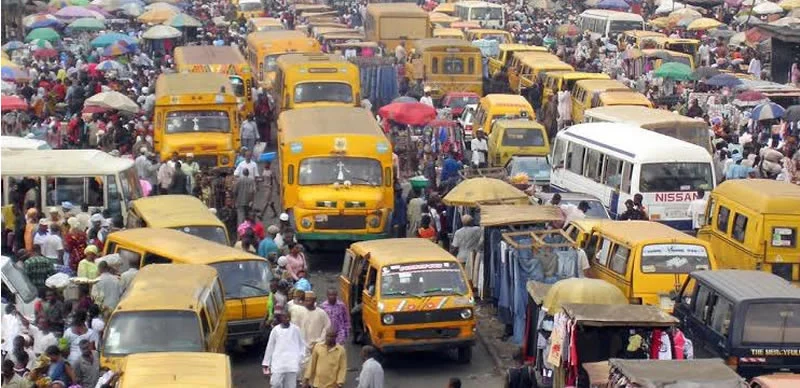The government shutdown strikes Washington’s economy hard. First, it furloughs thousands of federal workers. Additionally, it halts essential aid programs.
Immediate Effects on Federal Employees
Federal employees face severe hardships. Moreover, about 150,000 workers in the Washington area miss paychecks. Consequently, many dip into savings to cover basics. Furthermore, the shutdown causes a 25 percent drop in daily transit use. Therefore, workers stay home and reduce spending.
Devastating Blow to Local Businesses
Businesses suffer major losses. For example, restaurants see sales plummet by 50 percent. In addition, owners like Ryan Gordon report empty seats during peak times. However, these firms rely on fourth quarter revenue to survive. As a result, many risk going into the red.
Surge in Demand for Food Assistance
Food banks handle increased needs. Specifically, the Capital Area Food Bank provides 8 million extra meals this year. This marks a nearly 20 percent rise. Moreover, families like Thea Price’s turn to pantries for the first time. Consequently, SNAP funding cuts deepen hunger issues.
Broader Impacts on Families and Communities
Families relocate due to unaffordable living. For instance, Price moves back to Seattle after job losses. Furthermore, communities lose economic activity from reduced spending. Therefore, unemployment climbs to 6 percent in the district.
Long-Term Economic Consequences
Experts warn of lasting damage. Additionally, people borrow against futures for necessities. As a result, defaults on loans may rise. However, the shutdown’s effects linger after reopening. In conclusion, Washington’s economy faces prolonged recovery challenges.


